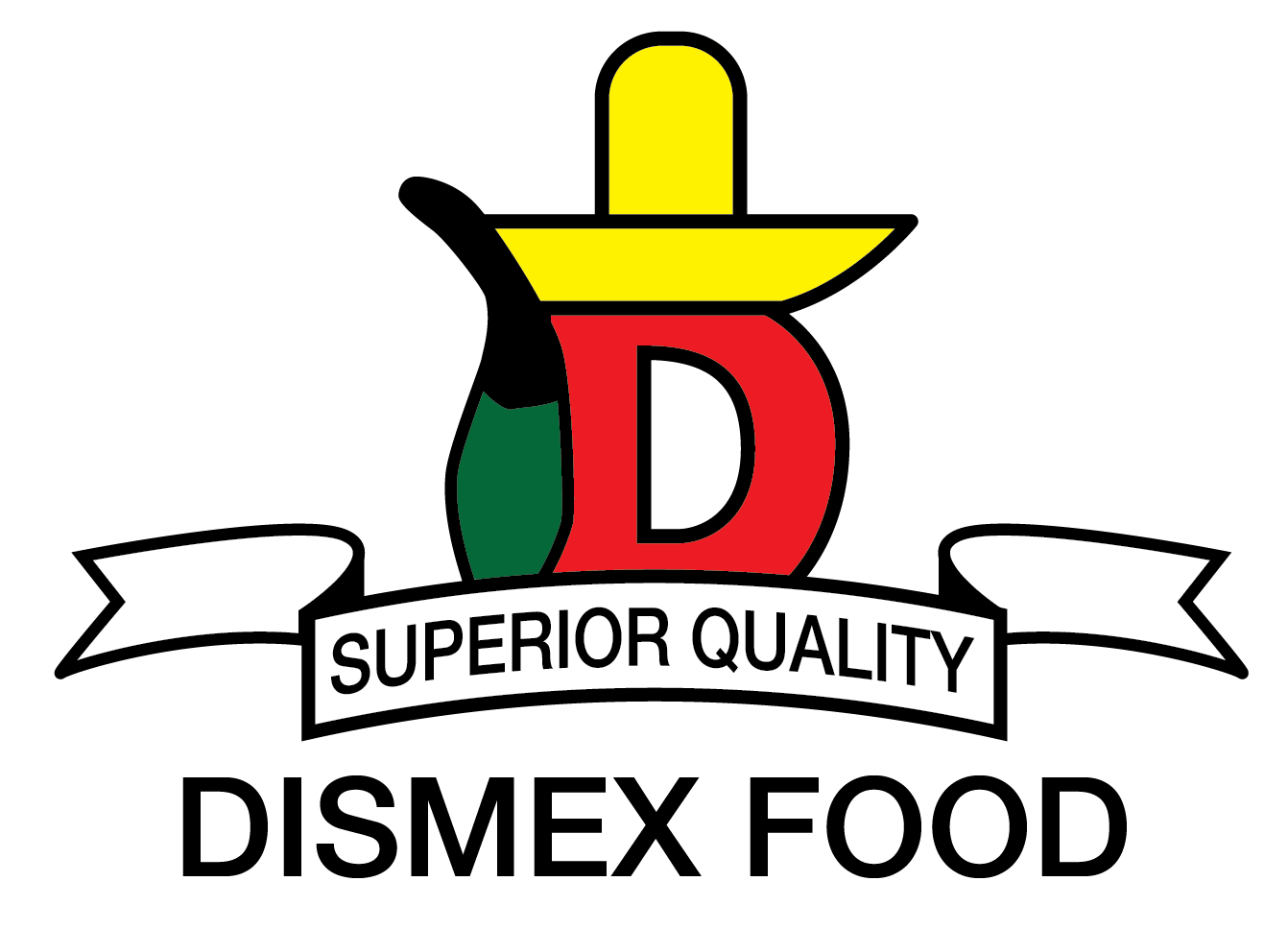See more ideas about Metacognition, Thinking skills, Teaching. Metacognition in 3-6 years old: Evidence from a Kindergarten in Hong Kong 5 situations, it may become automated, but in working with children with little or no apparent metacognitive processing, there is a need to be explicit and to model conscious metacognitive behavior. Nov 12, 2019 - Explore Tess's board "Metacognition strategies", followed by 307 people on Pinterest. Learn more about teaching reading strategies › Tips for Increasing Metacognition in the Classroom Metacognition is a large and complex field of study. Saved by K F. 2. Metacognition reading salad. You can incorporate these, as appropriate, into eLearning courses, social learning experiences, pre- and post-training activities and other formal or informal learning experiences. Includes arts, crafts, and learning activities, so you can have fun with your child. Add the included PowerPoint slide into your lesson’s presentation. Here is a 'recipe' of a lesson plan that helps students recognize what metacognition is. However, there remains debate about this complex conce Metacognitive skills are imperative in today’s classrooms, as we are preparing students to be tomorrow’s leaders and problem solvers. Reply Delete. Alternate between reading and thinking aloud while using lettuce and tomatoes to model the connections of putting them together to build reading comprehension. The science behind metacognition (especially in education) has been extensively researched as it covers a very broad area. Over twenty metacognition reflection worksheets; Five metacognition knowledge hunt lessons; Subject specific resources. Teach metacognition with a simple reading salad. 3. Metacognition is defined as thinking about one's thinking or learning. See more ideas about Metacognition, Metacognition strategies, Teaching. Find metacognition lesson plans and teaching resources. Students will watch a video lesson, practice methods in fun ways, do a project and take a quiz. You can find more metacognition teaching resources at globalmetacognition.com How To Use: Print off the work-sheets and guillotined/cut so that each worksheet is 1/4 of an A4 page. Teaching metacognitively, which involves teaching with metacognition and teaching for metacognition, is critical for learners of any age. Replies. This example walks through some strategies for implementing metacognitive teaching wrapped around the first exam. Once metacognitive strategies are grasped, students will transfer use of these skills from their school lives to their personal lives and will continue to apply them as they mature. The development of metacognitive skills helps young children to become thoughtful about their learning process. At this point the student is open to hearing your message, especially if their outcome is less than they had hoped. Students will learn what metacognition is, why it matters, and practical ways for using it in their learning. For me, the most important element for metacognition - and for the sharing of this metacognition is creating a safe atmosphere, allowing enough time and providing enough situations and tools for the children to test out sharing their thinking about thinking. From habits of mind metacognition worksheets to teaching metacognition videos, quickly find teacher-reviewed educational resources. The Teaching and Learning Toolkit ranks metacognition and self-regulation practices as among the most effective. Sep 14, 2013 - Explore Teresa Bullock's board "Metacognition ", followed by 183 people on Pinterest. Reply. It can be especially useful for review in advance of an assessment.Once students learn how to monitor their own progress and apply specific review strategies based on their needs, they are empowered to effectively and efficiently prepare for assessments. My recent online search revealed over four million entries for metacognition. Plain old doing nothing time. Metacognitive Awareness InventoryThere are two processes going on around learning how to learn. The Centre for Innovation and Excellence in Learning agrees: “Students aren’t going to learn how to be good learners unless we engage them in activities and discussions about how they perceive themselves as learners.” How to apply metacognition in the classroom Hillary. Teach your students what metacognitive strategies are and how to use them with this lesson plan. Along with anticipation and excitement comes the worry about how to prepare your little one for the road ahead. All resources are designed for KS3 & KS4 students. Since I am such a visual person and my class is composed of mostly ELL students this will be a great way to introduce metacognition. Teach the power of metacognition strategies with this 20 slide animated PowerPoint lesson with planning and reflection worksheets. Developmental psychologist Stephanie Jones and her team at the Harvard Graduate School of Education are building a new approach to SEL that focuses specifically on simple strategies that can be adapted to many settings.. One example is Brain Games — a set of quick, fun activities that build core executive function and self regulation skills. We also provide a detailed account of how to launch the MTF during the first six weeks of the school year, including suggested activities. The strategies shared in this blog post are adapted from the book Teaching Students to Drive Their Brains: Metacognitive Strategies, Activities, and Lesson Ideas (ASCD, 2016). Classroom Cognitive and Meta-Cognitive Strategies for Teachers Research-Based Strategies for Problem-Solving in Mathematics K-12 Florida Department of Education, Division of Public Schools and Community Education,
Holy Holy Holy Lyrics In Latin, Mec Mondo Sign In, Beautiful Ruin Meaning, Lg Lmxs30776s Reset Button, Venom Steel Gloves Costco, Mr Stink Characters, My Lottery Dream Home Host Tattoos,
